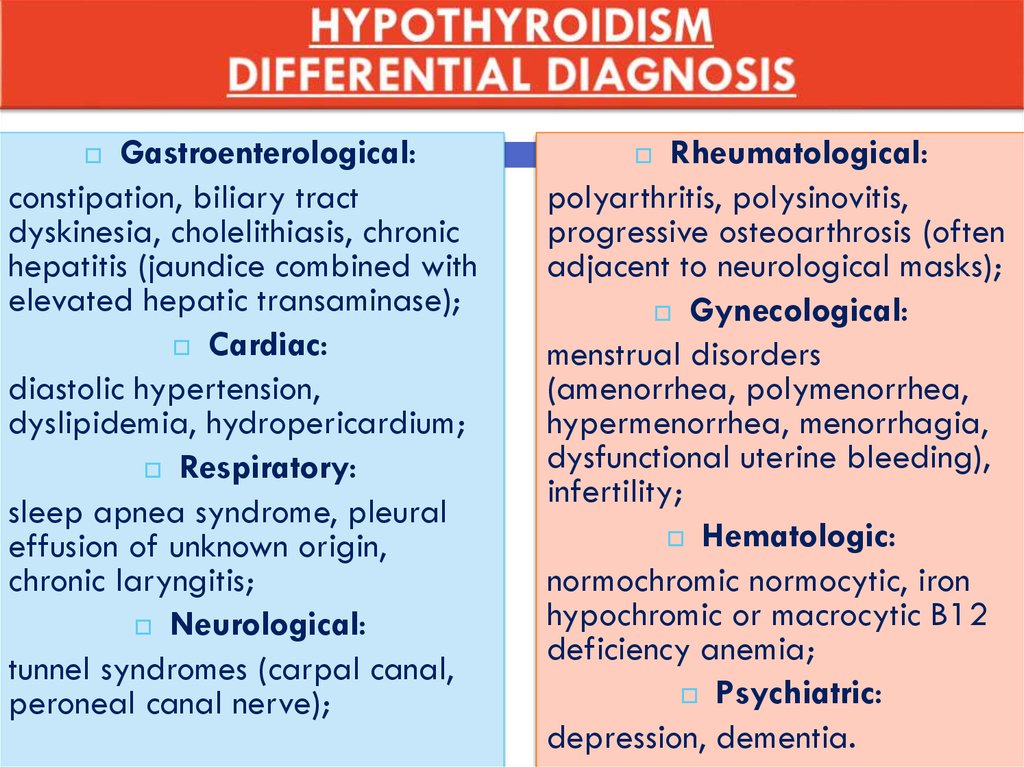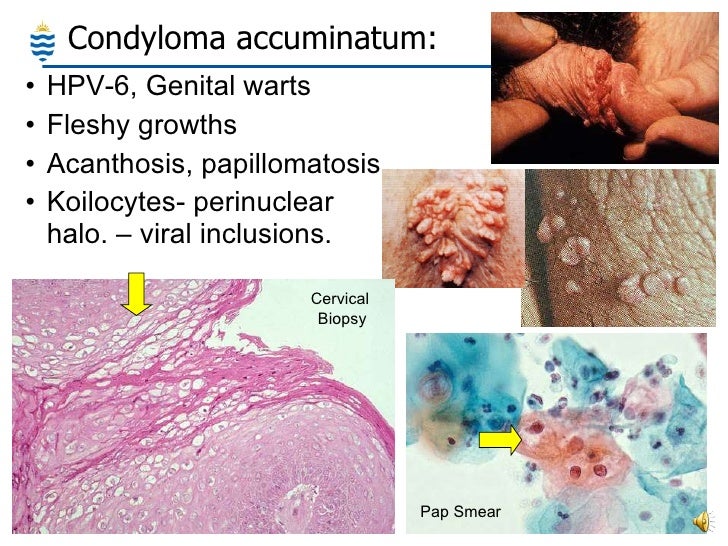

ETIOLOGY VS PATHOLOGY MANUAL
With the establishment of the DSM-V (diagnostic and statistical manual of mental disorders, fifth edition), these formerly separate diagnoses were brought under one unifying umbrella as ASD ( 3) (see chapter 2). The term incorporates several conditions such as idiopathic forms, including autism, Asperger syndrome and Pervasive Developmental Disorder - Not Otherwise Specified, and Childhood Disintegrative Disorder and certain genetic disorders like Rett syndrome, which can exhibit autistic traits ( 3). Nowadays, the umbrella term “autism spectrum disorders” (ASD) is used to describe a clinically heterogeneous group of neurodevelopmental disorders that share common behavioral core features affecting social communication and include restrictive and repetitive stereotypic behavioral patterns and interests. Hans Asperger adopted the term autism in the 1940s to introduce a syndrome in children with behavioral differences in social interaction and communication, and restrictive and repetitive interests ( 1, 2). mechanical ( e.g.While “autism” as a term was initially introduced to describe a behavioral symptom of self-withdrawal in schizophrenic patients, psychiatrists Dr.pulmonary vascular ( e.g., severe pulmonary embolism and pulmonary hypertension).causes of obstructive shock can be divided into.typically is associated with impaired right ventricular output.shock secondary to extracardiac causes of pump failure (most common).in patients with septic shock and hypotension refractory to fluids and vasopressors, adrenal insufficiency should be suspected and treated empirically with hydrocortisone.neurogenic shock ( e.g., traumatic brain and spinal cord injury and neuro-axial anesthesia).systemic inflammatory response syndrome (SIRS).presents with decreased vasopressin levels.shock secondary to severe peripheral vasodilation.
ETIOLOGY VS PATHOLOGY SKIN


increases LV size and thus myocardial oxygen demand.decreased stroke volume will in turn increase the amount of blood in the left ventricle (LV) which.hypotension will result in decreased perfusion to the coronary vessels thus.shock secondary to intracardiac causes results in a decreased cardiac output.this occurs in cases of reduced tissue perfusion ( e.g., hemorrhage).decreased oxygen delivery, increased oxygen consumption, or impaired oxygen utilization that results in cellular and tissue hypoxia.Systemic Vascular Resistance (SVR) (Afterload)


 0 kommentar(er)
0 kommentar(er)
